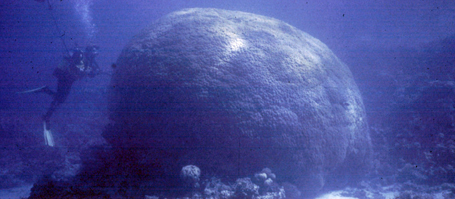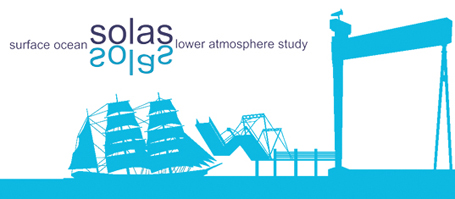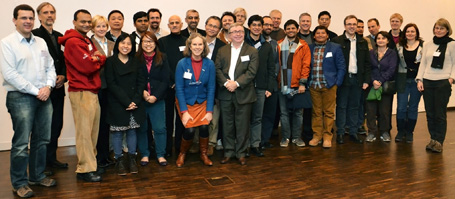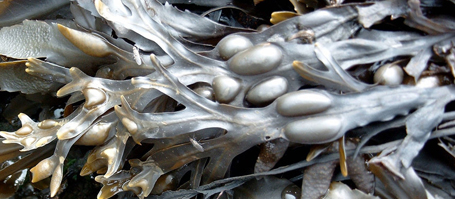The Agulhas Current, which flows down the east coast of Africa, is the strongest western boundary current in the Southern Hemisphere. Changes in its strength and the heat budget it transports are of interest, both on regional and global scales. But the Agulhas Current’s influence extends well beyond the local scale – it is also the gateway for warm and salty Indian Ocean water on its way to the far northern Gulf Stream of the US.
Assistant Professor Jens Zinke, a former PhD student of Professor Christian Dullo, says the re-search findings are important for climate science in general, as well as small and large-scale fish-eries in the Indian Ocean and marine conservation and climate adaptation planning agencies. “It releases a lot of heat into the atmosphere throughout the year and through that, it influences climate and agriculture in the countries of southern Africa,” Professor Zinke, the first author of the published study, says. “It is also a lifeline for a variety of marine life from plankton to fish and larger megafauna such as manta rays and whale sharks which travel between Antarctica and the Indian Ocean.”
“It takes 10-30 years to cross the Atlantic Ocean and when it arrives it changes the saltiness and density of water in the North Atlantic,” Professor Zinke states. “This is really important, because in the north the dense and heavy water will cool and sink and start the cycle of the great conveyor belt that connects all our oceans.”
Professor Zinke announces: “Our study used living corals to help us understand the long-term changes that have occurred in warming and cooling of the Agulhas Current during the past 334 years. There isn’t an instrument that can measure these changes over such a long time so we used living massive corals that form large colonies which live for more than 300 years. We were able to record year-by-year the conditions of the ocean surrounding the corals.”
The researchers used chemical changes in the coral skeleton, which alter with ocean temperature, to trace past ocean climate change. The research team around Professor Zinke teamed up with physical oceanographers from the University of Cape Town, GEOMAR Kiel and the University of Edinburgh to unravel how the ocean currents between Madagascar and South Africa are connect-ed. “We found that the Agulhas Current warming and cooling cycles follow slow, multi-decadal swings in the climate system and recent anthropogenic warming only exceeded natural variability after the 1990s,” Professor Zinke reports. “We found a strong connection to the ocean temperatures off Western Australia, where long-term warming follows a fairly similar pattern.”
Reference:
Zinke, J., Loveday, B. R., Reason, C.J.C., Dullo, W.-C. Dullo und Kroon, D.: Madagaskar corals track sea surface temperature variability in the Agulhas Current core region over the past 334 years. Nature Scientific Reports, 4.
http://dx.doi.org/10.1038/srep04393
Contact:
Prof. Dr. Christian Dullo (GEOMAR, RD1-Paleoceanography)
cdullo@geomar.de
Jan Steffen (GEOMAR, Communication & Media), Tel.: +49 431 600-2811
jsteffen@geomar.de
…



